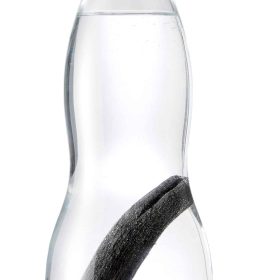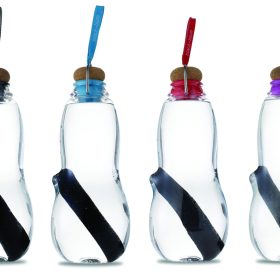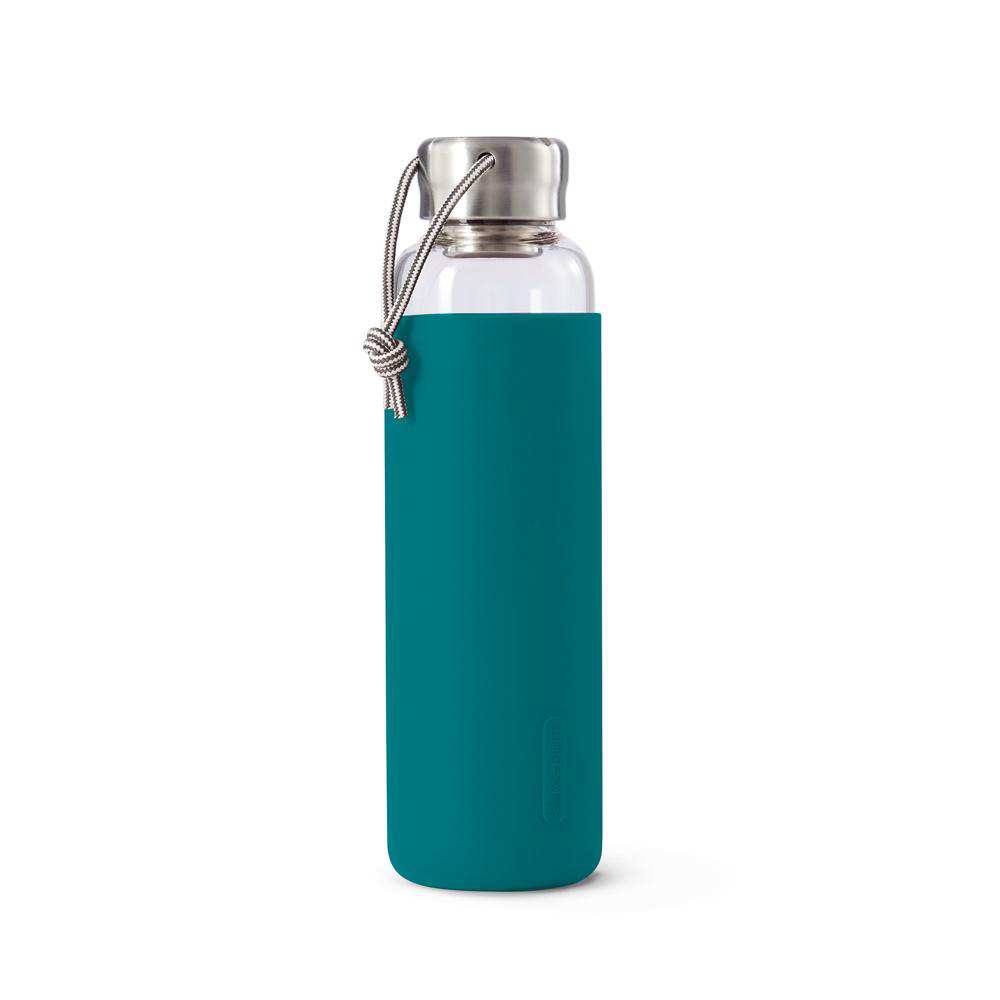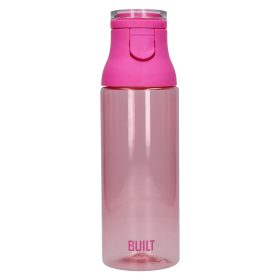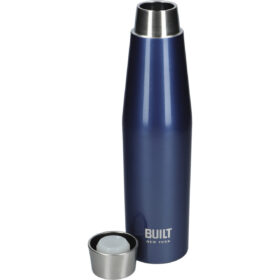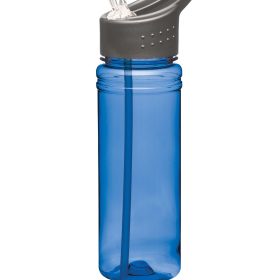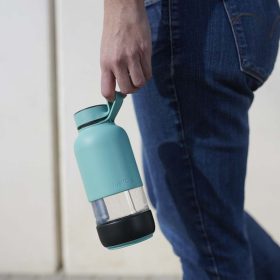- Empty cart.
- Continue Shopping
Tips To Help You Stay Hydrated
Both doctors agree that prevention is the best defense against dehydration. If you’ve fallen off the wagon with your hydration habits (or if you’ve never drank a ton of water in the first place), now is the time to get back on track. After all, it’s just before summer, and as the weather warms, you’ll naturally become more thirsty.
Here are some practical tips for staying hydrated.
1. Increase your water intake.
For the majority of people, determining whether they are drinking enough fluid is as simple as tracking their urination frequency. If you have to urinate every 2-4 hours, you are most likely drinking enough water to stay hydrated. If you are not urinating frequently enough, the following tips will assist you in increasing your water intake:
- Each day, drink a glass of water first thing in the morning. This is a beneficial habit to develop.
- Maintain a pitcher or large bottle of water on your desk or counter at work or at home and drink from it throughout the day. Your goal should be to ensure that the pitcher or bottle is completely depleted by the end of the day.
- Fill a large reusable water bottle and carry it around with you throughout the day to sip water as you go about your busy day!


2. Consume the recommended amount of water for your body.
Certain health conditions, lifestyle choices, and environmental factors all have an effect on how much fluid you require. Here are a few examples:
Pregnant women and nursing mothers require additional fluids. Maintaining adequate hydration during pregnancy is critical, as dehydration can result in a variety of complications for both mother and baby. Breastfeeding mothers must maintain a healthy level of hydration to help maintain their milk supply.
Individuals who have had kidney stones should increase their fluid intake to help reduce their risk of recurrence. Numerous experts recommend that you drink enough fluid to produce at least 2 liters (68 ounces) of urine daily.
Certain medical conditions, such as congestive heart failure or kidney failure, may require individuals to consume less fluid. Always consult your healthcare provider and adhere to their recommendations.
Athletes and anyone exercising in high heat and/or humidity require additional fluid to replace what they sweat out. Even a small (2%) decrease in body water can result in dehydration and impair performance. Additional water loss may result in additional potentially harmful changes such as an increased heart rate and body temperature, dizziness, fatigue, and heat illness.
To determine how much fluid you require, weigh yourself before and after your exercise. For every pound lost during exercise, consume at least two cups (16-20 ounces) of fluid.



3. Other beverages may be consumed if necessary.
If you become bored with plain water, experiment with other fluids throughout the day. For those of you who struggle to drink enough water throughout the day, here are some healthy hydration tips:
To water or seltzer, add a splash of juice.
Add slices of citrus fruit (lemon, lime, or orange) to water, or try one of Real Mom Nutrition’s fruit infused water recipes.
For the majority of us, drinking plain water during exercise is sufficient. However, some people are curious about when sports drinks are appropriate for hydration. A sports drink is recommended for those who engage in moderate to vigorous exercise for 60 to 90 minutes or more, particularly in a hot or humid environment. Carbohydrates, sodium, and potassium are added to sports drinks to aid in rehydration, refueling, and electrolyte loss.


4. Consume a large variety of fresh fruits and vegetables.
Consuming a variety of fruits and vegetables is an excellent way to stay hydrated. Around 20% of our daily water intake is estimated to come from food.
Every food contains some amount of water. Fruits and vegetables are the most hydrating foods, containing between 80 and 98 percent water. Watermelon, strawberries, cantaloupe, cucumber, celery, broccoli, cauliflower, and spinach are some of the fruits and vegetables with the highest water content. Each of these fruits and vegetables contains a minimum of 90% water.
Take advantage of all the delectable options and ensure that your diet contains a good variety of foods each day.

5. Recognize the symptoms of dehydration.
If you are dehydrated, your body will frequently communicate this to you. If you encounter any of the following indicators of dehydration, you should immediately attempt to refill your fluids.
- Urine that is yellow or black in color
If you’re having difficulty determining your level of hydration, take attention to the color of your pee. Yellow or dark-colored urine indicates that you are dehydrated and are not consuming enough water. The objective is to consume enough water that your urine remains pale and you feel the urge to urinate every 2-4 hours. Urinating much less frequently than usual is another indicator of dehydration.
Your hydration level can be determined by comparing the color of your urine to one of the colors on this hydration status chart.
- Thirst
Thirst is frequently the first indication that you need to drink more water. Drinking to quench thirst is an efficient technique for the majority of individuals to stay hydrated. This is not always the case, though. Because our sense of thirst diminishes with age, elderly adults may be dehydrated but not feel thirsty. Additionally, when we perspire heavily when exercising or working in the heat, we may require more fluid than is necessary to quench thirst.
- Headache
Dehydration headaches can range in severity from moderate to severe enough to be mistaken for a migraine. When dehydrated, the brain might contract somewhat and pull away from the skull. This results in pain, which manifests as a headache. Once the brain is hydrated, it returns to its usual size, and the headache passes.
Dehydration has been linked to fatigue and poor performance during exercise. Dehydration can sap your energy levels even if you are not exercising. Mild dehydration has also been associated with drowsiness and weariness during routine everyday tasks.
- Cramps in the muscles
Sweating removes moisture and sodium from the body, which can cause muscles to contract or spasm. Consume sufficient fluids to avoid muscle cramps. Generally, the sodium in our meals is sufficient, but if you anticipate an active day in the heat, a sports drink may be beneficial.
- Low Blood Pressure
Dehydration can result in a reduction in blood pressure, which can induce dizziness or lightheadedness. When you are dehydrated, the volume of your blood reduces, reducing the pressure on the arterial walls. This can result in hypotension.
- Changes in the skin
Water is required for the correct functioning of your skin cells. The ability of the skin to change form and revert to normal is referred to as turgor. Dehydration dehydrates the skin, causing it to lose its turgor or suppleness. When well-hydrated skin is pinched, it should rapidly revert to its usual shape. If it does not, this is an indication of dehydration.















